 (长按 识别二维码 搜索更多麻醉学知识点)
(长按 识别二维码 搜索更多麻醉学知识点)
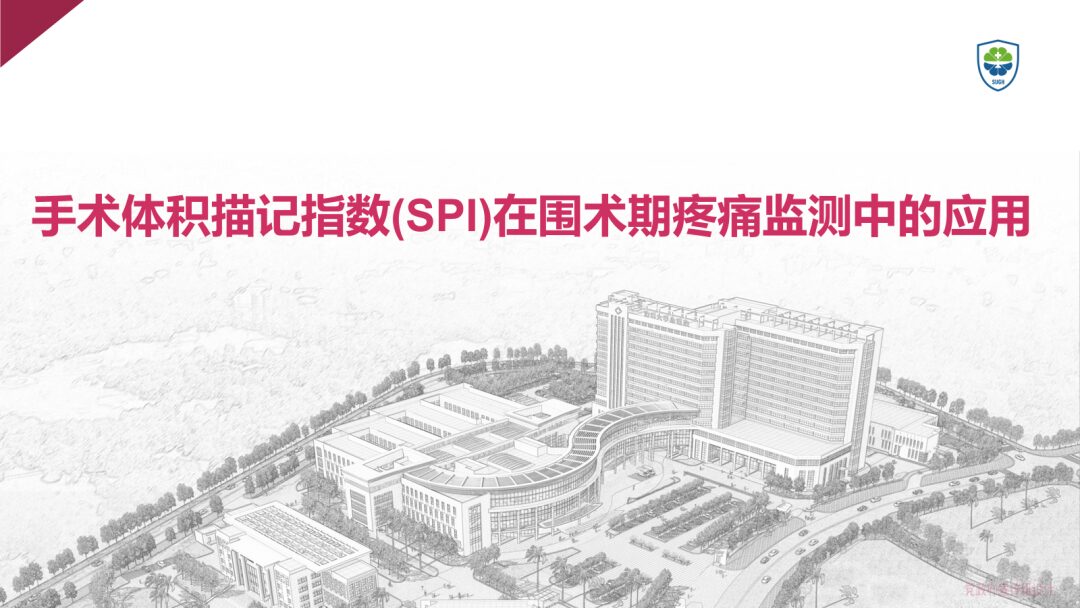

【Definition】
The Surgical Pleth Index (SPI) is a monitoring tool that measures the photoplethysmographic signal from the fingertip to monitor the nociception-anti-nociception balance during general anesthesia.
【Principle】
Stress stimuli activate the peripheral sympathetic nervous system, inducing distal vascular contraction. By measuring the absorption of red light from the fingertip, the photoplethysmographic pulse wave amplitude (PPGA) and heart beat interval (HBI) can be calculated to construct a bivariate model.
SPI = 100 – (0.33 × HBI + 0.67 × PPGA)


SPI is measured and calculated using a reusable SpO2 monitoring probe on the monitor (GE), which is characterized by being non-invasive, simple, and fast.

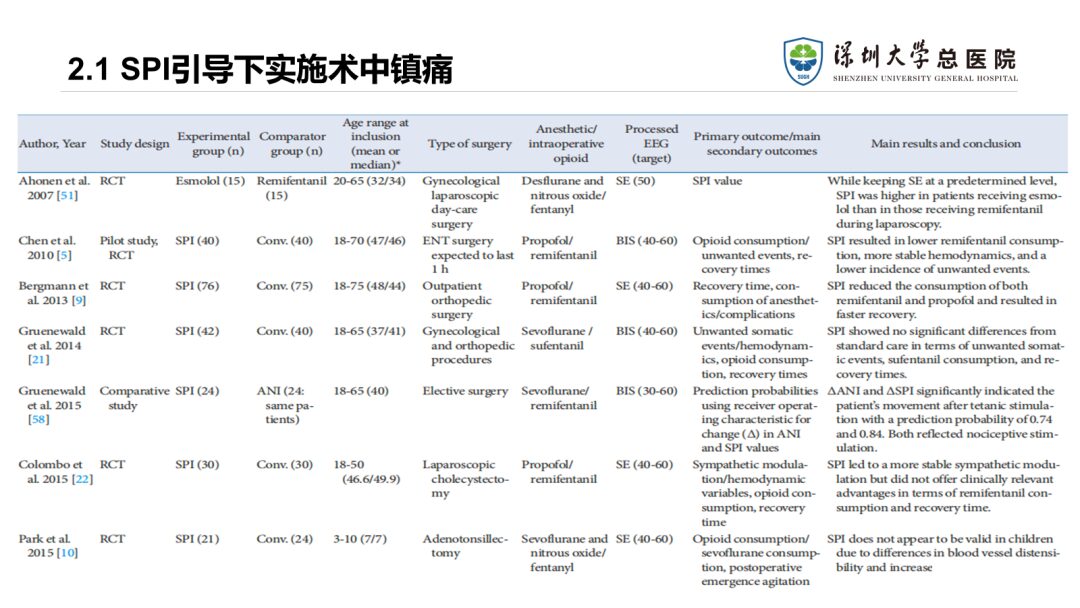
Multiple studies have confirmed the effectiveness of SPI in quantifying the intensity of noxious stimuli during general anesthesia:
Implementing intraoperative analgesia guided by SPI compared to traditional hemodynamic parameter-guided analgesia,
significantly reduces the consumption of opioid medications during surgery, shortens extubation time, and decreases the incidence of postoperative nausea and vomiting.
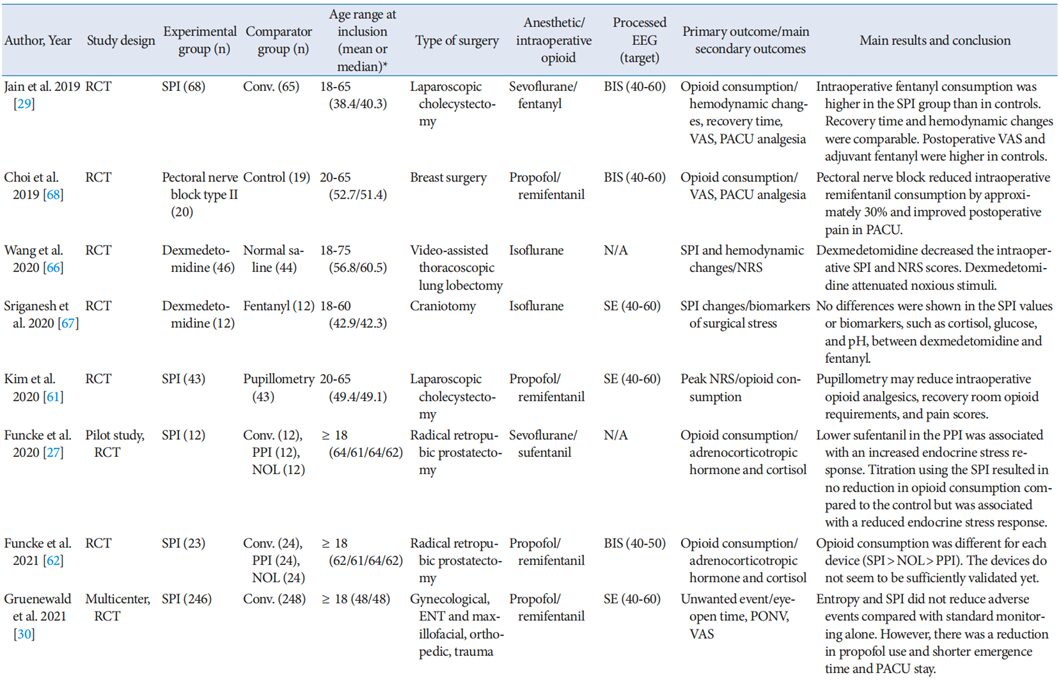
Setting the SPI target range of 20-50, avoiding rapid increases in SPI >10
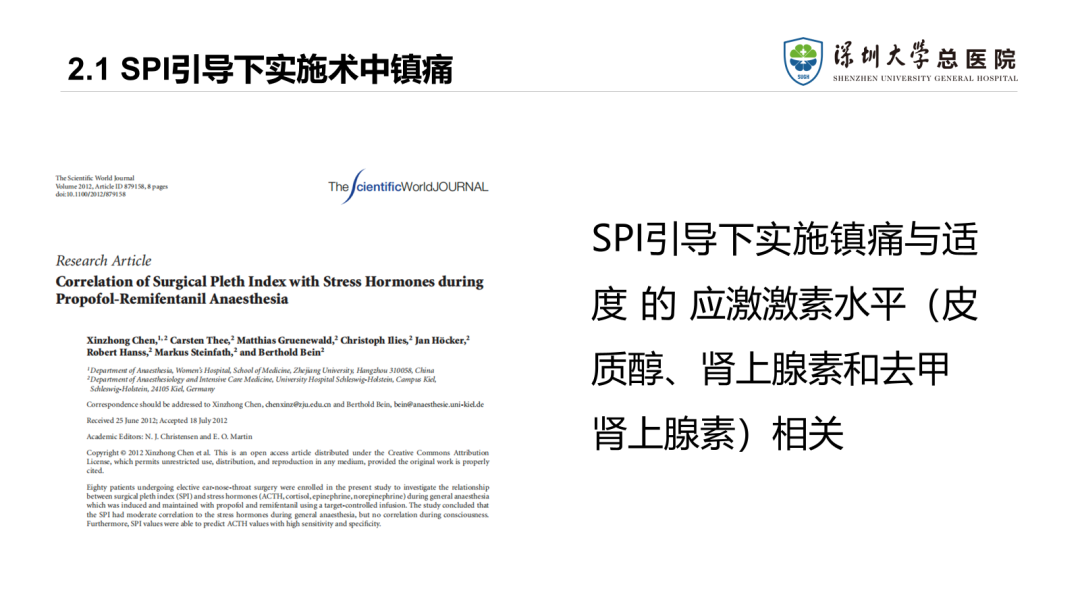
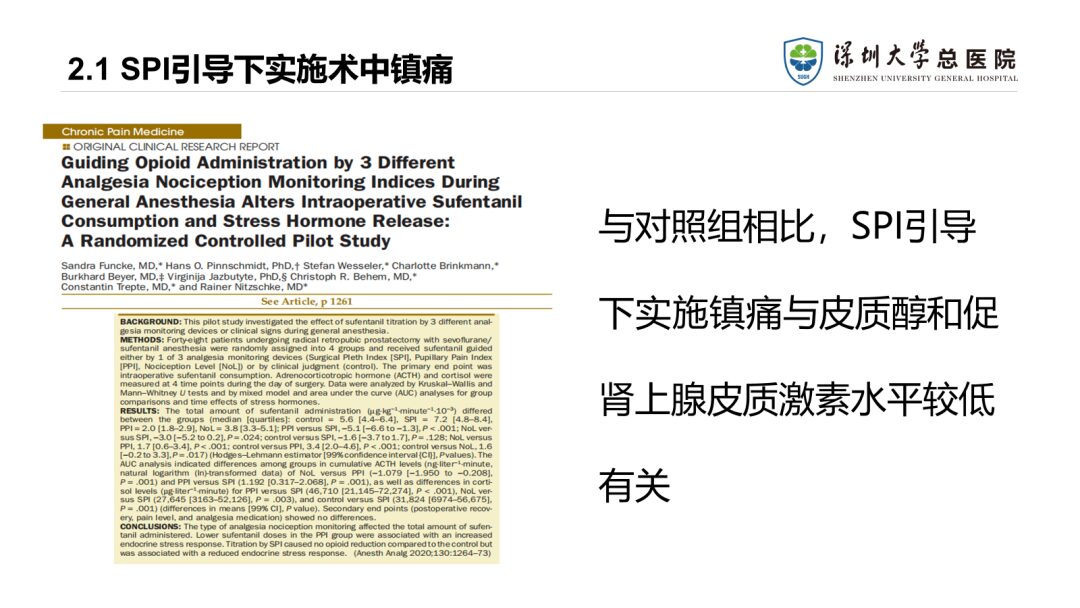

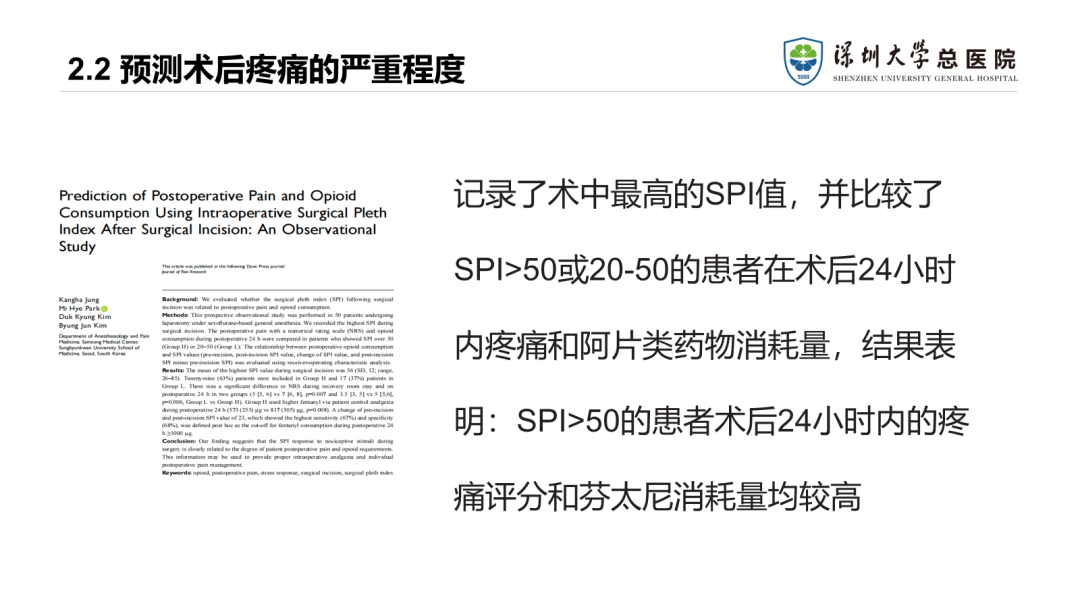

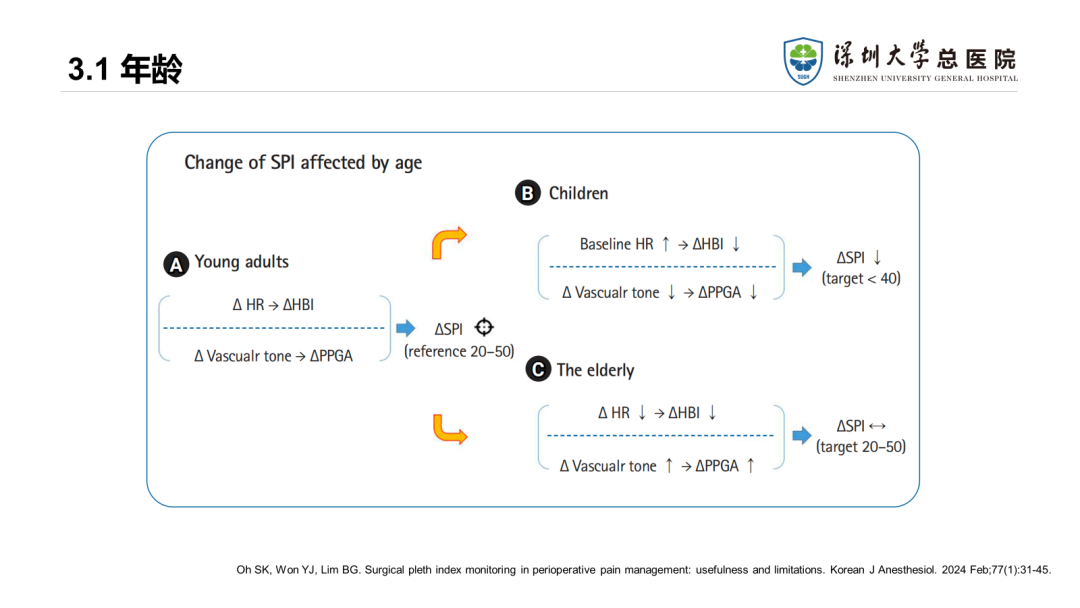
In children, SPI < 40 is the target for adequate intraoperative analgesia.
3.2 Anesthesia Protocol
1. Total intravenous anesthesia
Most randomized controlled studies have utilized total intravenous anesthesia, finding that implementing analgesia guided by SPI can reduce the consumption of opioids during surgery.
2. Inhalation anesthesia
In a study by Gruenewald et al., using sevoflurane, SPI-guided analgesia did not reduce the consumption of intraoperative opioids (sufentanil); in another study by Jain et al., using isoflurane, the consumption of fentanyl during SPI-guided analgesia was higher.
3.3 Cardiovascular Drugs and Diseases
1. Vasoactive drugs
Drugs like ephedrine, norepinephrine, and nicardipine may interfere with the accuracy of SPI monitoring by altering PPGA and HBI.
2. Atropine and Pacemaker
Hocker et al. found that in patients under general anesthesia, whether using a pacemaker or atropine to increase HR, SPI would rise. After resetting the pulse oximeter, the SPI increase caused by the pacemaker was calibrated, but there was no such occurrence in the atropine group.
3.4 Blood Volume and Position
1. Blood Volume
SPI may decrease with the deterioration of hypovolemia;
2. Position
In urological surgeries, it was found that SPI increased in the 30° head-up position and decreased in the head-down position, persisting for at least 45 minutes; another study reported the impact of the prone position on SPI during spinal surgery under general anesthesia, where SPI significantly increased likely due to increased sympathetic tone, gradually decreasing over the next 20 minutes, and moving patients from supine to prone often results in an increase in SPI without noxious stimuli.
3.5 Conscious State
The balance of sympathetic and vagal nerve activity is influenced by awakening and emotions; in a state of wakefulness, SPI has no correlation with stress hormones (including adrenocorticotropic hormone, cortisol, epinephrine, and norepinephrine), but shows moderate correlation in patients under general anesthesia.
Conclusion
★
1. SPI monitors the nociception-anti-nociception balance during general anesthesia by measuring the photoplethysmographic signal from the fingertip;
2. A large body of evidence shows that, in adults without serious underlying diseases, the SPI target range for adequate intraoperative analgesia during general anesthesia is typically 20-50;
3. In children, SPI < 40 is the target for adequate intraoperative analgesia;
4. The effectiveness of SPI in monitoring analgesia during surgeries using total intravenous anesthesia has been confirmed, while its effectiveness in inhalation anesthesia surgeries is disputed;
5. Vasoactive drugs such as ephedrine, norepinephrine, nicardipine, atropine, and pacemakers may interfere with the accuracy of SPI monitoring;
6. Blood volume and position may also interfere with the accuracy of SPI monitoring.
Recommended:

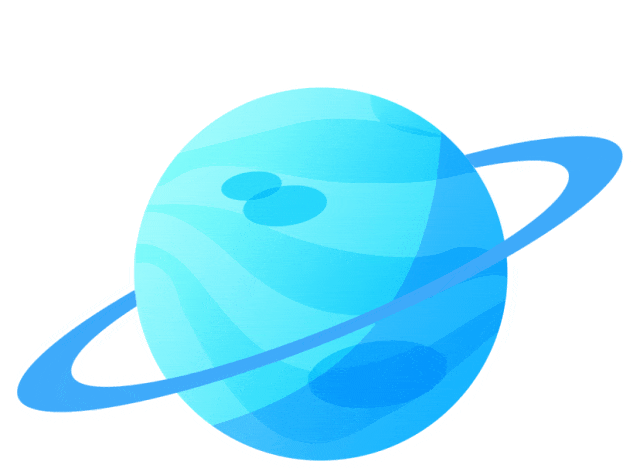
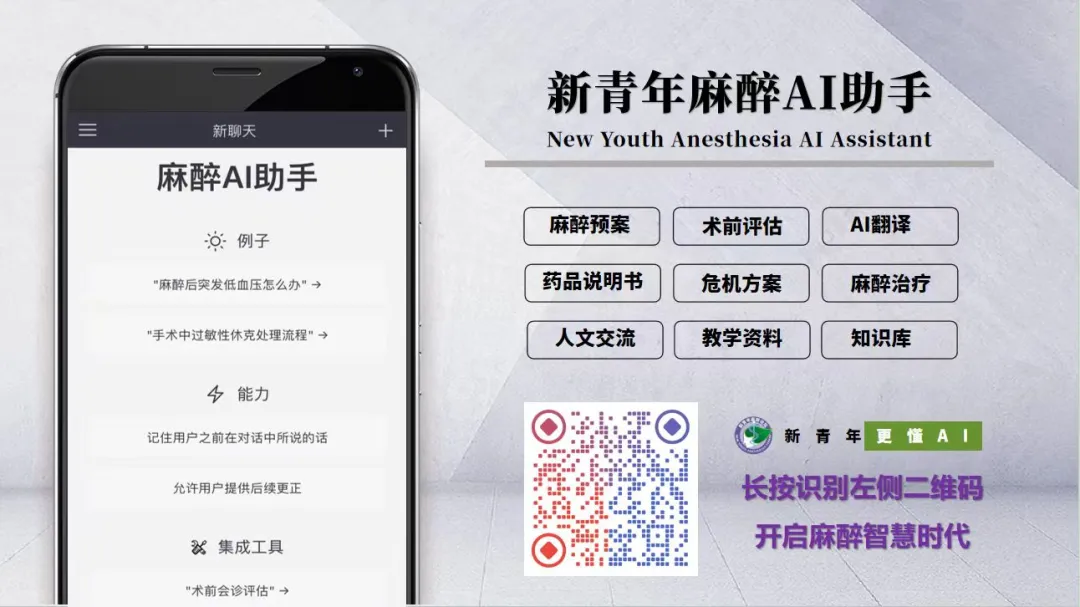
▼Click “Read Original” to experience smart healthcare at your fingertips!!